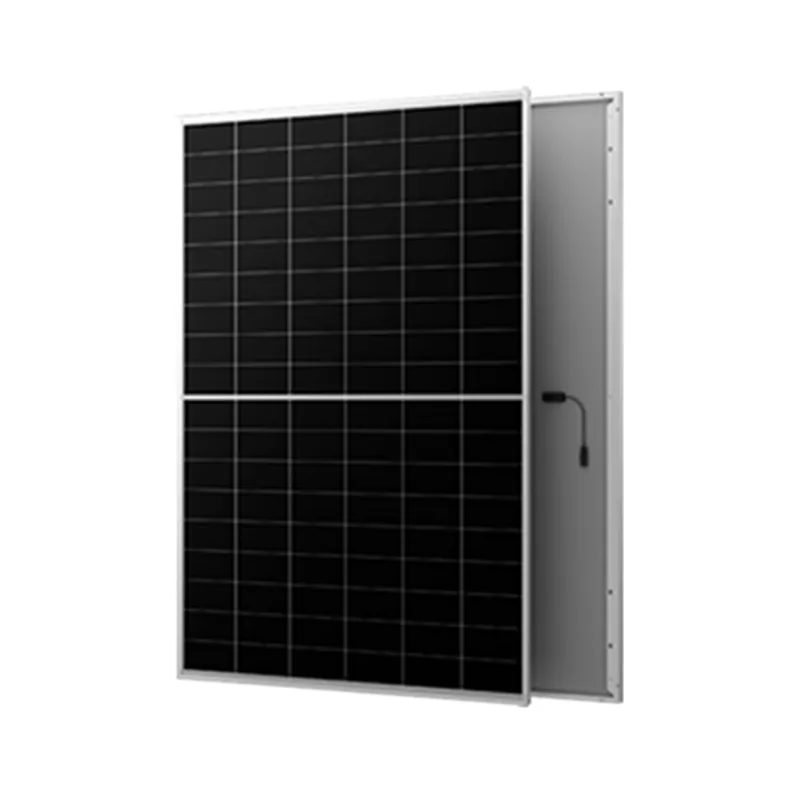2 月 . 01, 2025 04:03
Back to list
monocrystalline solar panels for sale
The dynamic landscape of renewable energy has seen a burgeoning interest in thin film solar panels, often becoming the focal point for homeowners and businesses eager to deploy sustainable solutions. Understanding the pricing of thin film solar panels not only comprises an evaluation of their cost but also a deep dive into their effectiveness and longevity, all of which serve as crucial factors for potential adopters.
Another layer of understanding price factors involves government incentives and policies. Incentive programs differ widely across regions—some localities offer tax credits, rebates, or feed-in tariffs that can drastically reduce the net cost of installation. Savvy consumers and businesses should seek expert consultation to maximize these benefits, which could tip the scale favorably in ROI calculations. Trust in thin film solar panel technology is fortified by authoritative voices in the renewable sector who advocate their adaptability and evolving efficiency. Organizations such as the International Renewable Energy Agency (IRENA) and National Renewable Energy Laboratory (NREL) frequently publish studies and reports underscoring advancements and cost dynamics, offering pivotal guidance to buyers. Real-world experiences from adopters often echo the professional stance, emphasizing the value of comprehensive project assessments prior to purchase. Reviews spotlight successful installations where thorough site evaluation and energy analysis preempted buyer's remorse by ensuring the selected thin film technology offered an optimal balance of price and performance for specific applications. Navigating the thin film solar panel market calls for an informed approach where price is one of several dimensions informing the purchase decision. Stakeholders—ranging from individual homeowners to energy consultants—must balance economic considerations with technological adaptability and energy goals. By leveraging expert guidance and authoritative resources, potential buyers can make informed decisions that align with long-term energy sustainability aspirations.


Another layer of understanding price factors involves government incentives and policies. Incentive programs differ widely across regions—some localities offer tax credits, rebates, or feed-in tariffs that can drastically reduce the net cost of installation. Savvy consumers and businesses should seek expert consultation to maximize these benefits, which could tip the scale favorably in ROI calculations. Trust in thin film solar panel technology is fortified by authoritative voices in the renewable sector who advocate their adaptability and evolving efficiency. Organizations such as the International Renewable Energy Agency (IRENA) and National Renewable Energy Laboratory (NREL) frequently publish studies and reports underscoring advancements and cost dynamics, offering pivotal guidance to buyers. Real-world experiences from adopters often echo the professional stance, emphasizing the value of comprehensive project assessments prior to purchase. Reviews spotlight successful installations where thorough site evaluation and energy analysis preempted buyer's remorse by ensuring the selected thin film technology offered an optimal balance of price and performance for specific applications. Navigating the thin film solar panel market calls for an informed approach where price is one of several dimensions informing the purchase decision. Stakeholders—ranging from individual homeowners to energy consultants—must balance economic considerations with technological adaptability and energy goals. By leveraging expert guidance and authoritative resources, potential buyers can make informed decisions that align with long-term energy sustainability aspirations.
Latest news
-
Unleashing the Power of Solar InvertersNewsOct.23,2024
-
The Advantages of String Solar InvertersNewsOct.23,2024
-
Revolutionizing Energy: Your Guide to Solar InvertersNewsOct.23,2024
-
Harnessing the Sun: The Essential Guide to Solar InvertersNewsOct.23,2024
-
Harness the Power of the Sun: Your Guide to On-Grid Solar InvertersNewsOct.23,2024
-
A Comprehensive Guide to Off-Grid Solar InvertersNewsOct.23,2024
Related PRODUCTS







